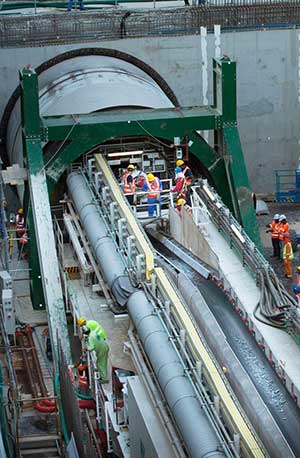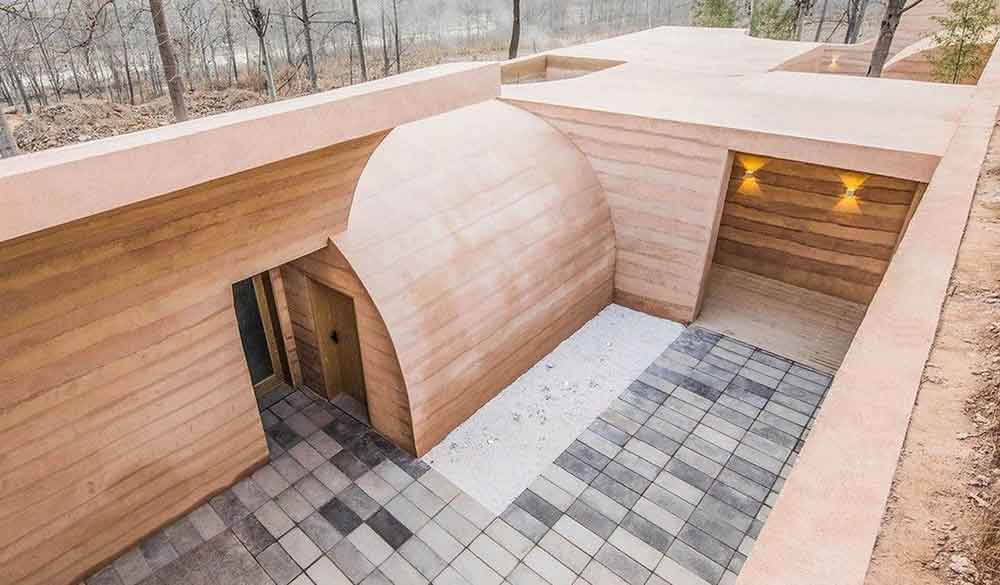
Concrete:
Improving construction CO2 emissions is critical.
Do you know that an estimated 7% of annual C02 emissions are resulting from cement process ?
How to reduce its impact ?
2 interesting solutions are presented here
1 – Saudi Aramco concrete curing solution
2 – Mud solution, the almost free material from the ancient times
1 – Aramco Solution
Cement is the main ingredient to fabricate concrete, the material most widely used in the world in construction.
Aramco has developed with the support of Korea Advanced Institute of Science and Technology (KAIST) to study the production process of manufactuaring of concerete
After water, concrete is the most widely used material on earth. Approximately 4 billion tons were produced in 2019, and that amount is set to rise over the coming years. However, creating the principle ingredient – cement – is also responsible for around 7% of annual global CO2 emissions.
While there is a clear desire to reduce CO2 emissions across the whole concrete industry, our focus has been on the usage rather than the production of cement. We are innovating the way concrete is manufactured to utilize CO2 as part of the curing process.

To produce concrete; cement with sand and water are required. The mixture will harden over a maturation period of 28 days usually, during that period having the right temperature and moisture is important to get the best concrete. This process called curing is very important to reach the right material performance
The approach of Aramco and KAIST is interesting as they have decided to see if there could be a way to integrate CO2 in the process, and therefore capture CO2 in the material.
As easier to capture and use CO2 in a precast factory rather than on-site readymix; they developed a precasting process.
Precasting has already many benefit in terms of efficiency, logistic, resources compared to ready-mix
The solution is capturing 200Kg of C02 per ton of cement.
And the process has shonw not only a C02 capture benefit but also a faster curing process, in 3 days they reached the mechanical strength expected in 28 days (35 MPa).
Furthermore the product has shown less water permeability and resitstance to chlorine and sulfate very useful in offshore or high humitity environment.
They have estimated that if all the precasting world activity was using their innovation, we could capture more than 200 milion tons of C02 per year
The solution require first to capture the CO2 in the process of cement fabrication for instance or collecting it from the power generation required by the industry or nearby manufacturing for instance
2 – Mud, the almost free material from the ancient times
The presence of the product almost anywhere; allow a very low cost of raw material; a limited logistic
It has been used for centruries; and it’s usage was significantly reduced in the 19th century when modern construction product .
It can be used with a large variety of technic, and the result can be great such as this house (China)

Obviously everything is not so easy as with concrete, there are some plus and some minus:
The plus about using this product:
- Almost 0 carbon emission impact, very clean product for the environment and people
- Can be reused indefinitely without any process
- No chemical are required; the raw product is not processed but compacted
- No gas emission at all
- Natural protection against fire
- Regulate the humidity inside the house
The minus:
- Needs more human or mechanical efforts
- Has not very good isolation properties; and therefore thickness of walls in a house for instance must be increased and additional material used to get a good thermic isolation
- Difficult to build complex structure

The cost of the material itself is extremely low; but the efforts to build in such material are still important. However we can expect a strong interest for certain type of buildings in the coming years, considering its extremely limited carbon impact
